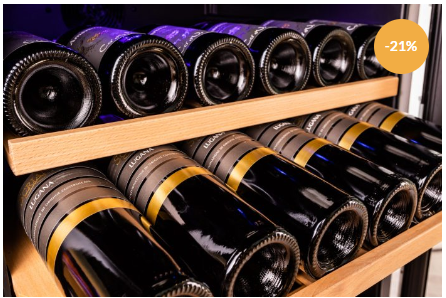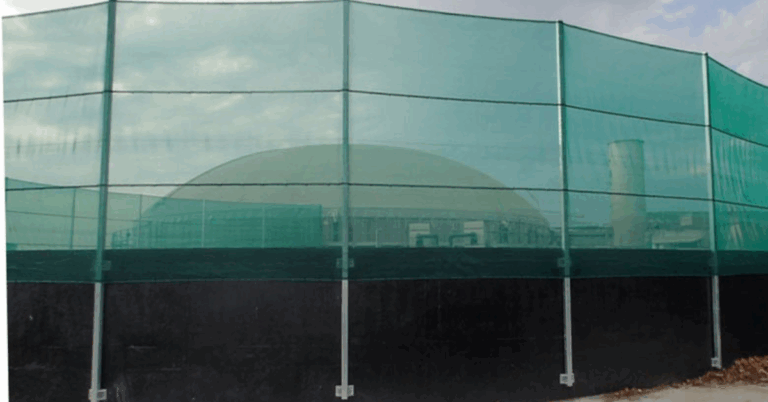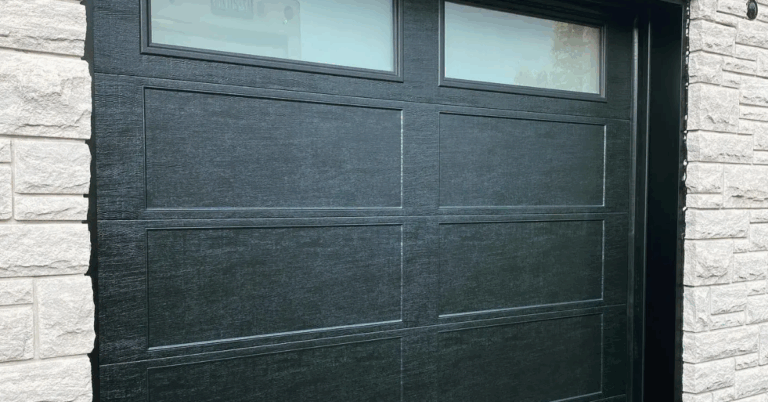High Volume Low Speed Fan: The Ultimate Solution for Efficient Air Circulation
When it comes to optimizing air circulation in large spaces, the High Volume Low Speed Fan stands out as a superior choice. Designed to move a large amount of air gently and efficiently, these fans are perfect for commercial, industrial, and residential environments that require consistent airflow without the disruptive noise and energy consumption of traditional high-speed fans.
In this article, we explore the benefits, applications, and key considerations of using a high volume low speed fan, helping you make informed decisions about enhancing comfort and ventilation in your space.
What is a High Volume Low Speed Fan?
A high volume low speed fan (often abbreviated as HVLS fan) is a large-diameter fan engineered to circulate air at low speeds while moving a substantial volume of air. Unlike conventional fans that spin fast but move limited air, these fans operate slowly, reducing energy use and noise while creating a cooling breeze that covers a wide area.
HVLS fans typically range from 7 feet to over 24 feet in diameter and are often mounted on ceilings. Their large blades push air downwards in a gentle, steady flow, improving air exchange and temperature regulation.
Key Benefits of Using a High Volume Low Speed Fan
Choosing a high volume low speed fan offers numerous advantages for both indoor and semi-outdoor environments. Here are the top benefits:
Energy Efficiency
Because high volume low speed fans operate at slower speeds, they consume significantly less electricity compared to traditional fans or air conditioning systems. Their ability to move large amounts of air reduces the need for excessive cooling, helping businesses and homeowners lower utility bills.
Improved Air Quality and Comfort
HVLS fans improve air circulation, reducing stagnant air pockets and distributing fresh air evenly. This leads to better indoor air quality and a more comfortable environment for occupants.
Noise Reduction
High-speed fans can be noisy and disruptive, especially in work environments. A high volume low speed fan creates a quiet breeze that doesn’t interfere with conversations or concentration, making it ideal for offices, warehouses, gyms, and restaurants.
Versatility and Wide Coverage
These fans cover large floor areas due to their size and design. One high volume low speed fan can replace multiple smaller fans, simplifying installation and maintenance.
Reduced Wear and Tear
Slow rotation means less mechanical stress on fan components, resulting in longer operational life and reduced maintenance costs.
Common Applications of High Volume Low Speed Fans
The versatility of high volume low speed fans makes them suitable for many sectors:
Warehouses and Manufacturing Facilities
Large industrial spaces benefit from improved ventilation and temperature control. HVLS fans help regulate heat buildup, improve worker comfort, and reduce reliance on air conditioning.
Agricultural Buildings
In barns, poultry houses, and greenhouses, maintaining proper airflow is crucial for animal health and crop productivity. A high volume low speed fan helps control humidity and temperature, creating an optimal environment.
Commercial Spaces
Shopping malls, airports, and convention centers utilize HVLS fans to enhance visitor comfort without significantly increasing energy costs.
Sports Facilities and Gyms
Large indoor sports arenas and fitness centers benefit from the gentle airflow created by HVLS fans, improving air quality and reducing odors.
Residential Use
High-end homes with large open spaces and high ceilings also incorporate high volume low speed fans for efficient cooling and aesthetic appeal.
How Does a High Volume Low Speed Fan Work?
The technology behind a high volume low speed fan involves large, aerodynamically designed blades that turn slowly but push a massive amount of air. The slow speed creates a smooth, laminar airflow that is more effective at circulating air across a wide area without causing strong drafts.
By displacing warm air trapped near the ceiling and mixing it with cooler air near the floor, HVLS fans promote consistent temperatures and prevent hot or cold spots. This natural air movement helps occupants feel cooler even when the actual temperature remains the same.
Choosing the Right High Volume Low Speed Fan
Selecting the ideal high volume low speed fan depends on several factors:
Size and Coverage Area
Consider the size of the space and the height of the ceiling. Larger fans with bigger diameters cover more area but require sufficient ceiling clearance for safe installation.
Blade Material and Design
Blade construction affects durability and performance. Common materials include aluminum, fiberglass, and composite plastics, each offering different balances of weight and strength.
Mounting Options
Most HVLS fans are ceiling-mounted, but some models offer wall mounting or portable options. The mounting style should suit your space layout and installation requirements.
Speed and Control Features
Look for fans with variable speed controls, remote operation, and programmable settings. Some advanced models include sensors for automatic speed adjustments based on temperature or occupancy.
Energy Consumption
Review the fan’s power usage and efficiency ratings to ensure it aligns with your energy-saving goals.
Maintenance Tips for High Volume Low Speed Fans
Maintaining your high volume low speed fan is essential to maximize its lifespan and performance. Here are some maintenance tips:
-
Regularly clean the blades to remove dust and debris
-
Inspect mounting hardware and fasteners for tightness
-
Lubricate moving parts as recommended by the manufacturer
-
Check electrical connections for safety and efficiency
-
Schedule professional inspections annually for thorough maintenance
Proper upkeep reduces downtime and ensures your fan operates at peak efficiency.
Environmental Impact of High Volume Low Speed Fans
HVLS fans contribute to eco-friendly building operations by reducing the need for air conditioning and cutting energy consumption. Their quiet operation and efficient air movement align well with green building standards and sustainability initiatives.
By lowering greenhouse gas emissions associated with energy production, high volume low speed fans support environmentally responsible facility management.
FAQs About High Volume Low Speed Fans
What is the typical size of a high volume low speed fan?
HVLS fans usually range from 7 feet to 24 feet in diameter, with larger fans designed for bigger spaces like warehouses or sports arenas.
Can a high volume low speed fan cool a room by itself?
While HVLS fans do not lower air temperature, they create a cooling effect by increasing air movement, which helps evaporate sweat and makes occupants feel cooler.
How much energy does a high volume low speed fan consume?
These fans use significantly less power than traditional fans or air conditioning, often consuming between 100 to 300 watts depending on the size and speed settings.
Are high volume low speed fans noisy?
No. HVLS fans operate quietly due to their slow blade speed and aerodynamic design, making them suitable for noise-sensitive environments.
Where can I install a high volume low speed fan?
They are typically ceiling-mounted in large indoor spaces with ceilings at least 12 feet high but can also be installed in semi-outdoor areas depending on the model.
Conclusion
A high volume low speed fan offers an efficient, quiet, and environmentally friendly solution for circulating air in large spaces. Its ability to deliver steady airflow with low energy consumption makes it an excellent choice for industries ranging from manufacturing to agriculture to commercial retail.
By investing in a quality high volume low speed fan, you can enhance comfort, reduce energy costs, and improve air quality throughout your facility or home. Whether you need better ventilation for a warehouse or want to improve air circulation in a large commercial area, these fans provide reliable performance and long-term benefits.







